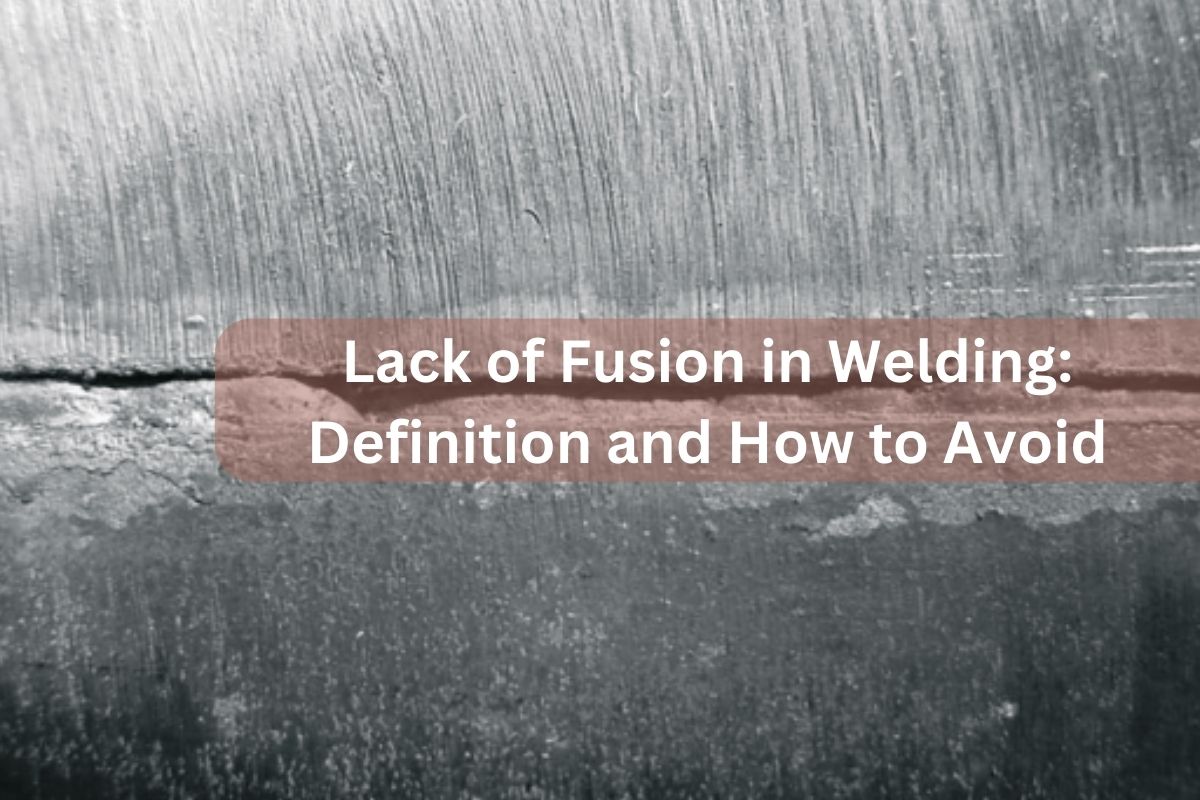Just How to Avoid Weld Undercut: Important Tips for Welders
Just How to Avoid Weld Undercut: Important Tips for Welders
Blog Article
Understanding the Art of Welding: Just How to Avoid Undercut Welding Issues for Flawless Fabrication Results
Performance and precision are vital worldwide of welding, where also the tiniest blemish can compromise the structural integrity of a fabricated piece. One typical challenge that welders face is undercutting, a defect that can lead and deteriorate a weld joint to pricey rework. By recognizing the origin of undercut welding and applying effective strategies to stop it, welders can raise their craft to brand-new levels of excellence (Preventing weld undercut). In the search of flawless construction outcomes, grasping the art of welding to avoid undercut concerns is not simply an ability but a need for those pursuing excellence in their work.
Understanding Undercut Welding

To prevent undercut welding, welders should make sure correct welding parameters, such as changing the present, voltage, travel speed, and preserving the right electrode angle. In addition, using the appropriate welding technique for the particular joint setup is important. Using weaving motions or backstepping techniques can assist ensure proper weld steel deposition and lower the probability of undercut formation. Routine examination of welds during and after the welding process is likewise critical to catch any kind of undercut early and make needed modifications to stop further problems. Preventing weld undercut. By recognizing the root causes of undercut welding and executing preventive actions, welders can achieve top quality, structurally sound welds.
Causes of Undercut in Welding
Recognizing the variables that add to damage in welding is important for welders to generate premium, structurally audio welds. Undercutting happens when the weld metal does not correctly fill the groove developed in between the base steel and the formerly transferred weld steel. Several elements can result in undercut in welding. One typical cause is too much warm input. Welding at heats for extensive periods can lead to the base metal melting even more than wanted, causing damage. Poor welding inaccurate or present welding rate can also contribute to undercut. Inadequate current may not give enough warmth to melt the base and filler steels appropriately, while extreme rate can avoid appropriate fusion, creating undercut. In addition, incorrect electrode angles or wrong lantern control techniques can produce locations of low weld metal deposition, advertising undercut. Recognizing these causes and carrying out appropriate welding methods can assist protect against undercutting concerns, guaranteeing strong and sturdy welds.
Techniques to avoid Undercutting

To alleviate the threat of undercutting in welding, welders can employ critical welding techniques aimed at improving the quality and honesty of the weld joints. Additionally, using the appropriate welding method for the certain joint setup, such as weave or stringer grains, can add to reducing damaging.
Employing back-step welding techniques and managing the weld grain account can likewise help disperse warm evenly and decrease the threat of undercut. Normal inspection of the weld joint throughout and after welding, as well as executing top quality assurance measures, can help in finding and attending to damaging issues quickly.
Relevance of Correct Welding Specifications
Choosing and maintaining proper welding specifications is important for accomplishing effective welds with very little problems. Welding parameters refer to variables such as voltage, current, take a trip speed, electrode angle, and protecting gas circulation price that straight affect the welding procedure. These criteria have to be meticulously adjusted based on the sort of product being welded, its thickness, and the welding method employed.
Proper welding parameters ensure the correct amount of warm is used to melt the base metals and filler product evenly. If the criteria are set too expensive, it can lead to too much warmth input, causing burn-through, spatter, or distortion. On the various other hand, if the specifications are too reduced, insufficient blend, lack of infiltration, or undercutting might take place.
Quality Control in Welding Operations

Conclusion
Finally, grasping the art of welding calls for a comprehensive understanding of undercut welding, browse around this web-site its reasons, and strategies to stop it. By making certain appropriate welding parameters and applying quality control practices, flawless construction results can be accomplished. It is important for welders to regularly pursue quality in their welding operations to avoid undercut problems and generate high-grade welds.
Undercut welding, a common defect in welding procedures, happens when the weld metal doesn't properly fill up the groove and leaves a groove or clinical depression along the bonded joint.To stop undercut welding, welders need to make sure proper welding parameters, such as changing the current, voltage, travel speed, and keeping the correct electrode check that angle. Poor welding present or incorrect welding speed can likewise contribute to undercut.To alleviate the risk of undercutting in welding, welders can utilize calculated welding techniques aimed at boosting the high quality and stability of the weld joints.In conclusion, mastering the art of welding calls for a thorough understanding of undercut welding, its causes, and methods to avoid it.
Report this page